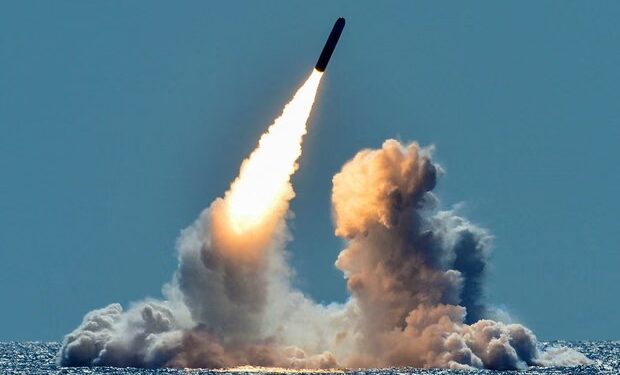US president Donald Trump has instructed the Pentagon to resume nuclear weapons testing “on an equal basis” with Russia and China, signalling a major departure from three decades of restraint and raising fears of a renewed global arms race. The directive followed reports of new Russian nuclear-powered missile trials and was announced in a Truth Social post late on Wednesday.
A dramatic policy reversal
The United States has not conducted a full explosive nuclear test since 1992, when the last underground detonation took place in Nevada. Trump’s order calls for “immediate preparation and parity testing,” although it remains unclear whether this will involve live explosions or subcritical, non-yield experiments.
In his post, Trump stated that Russia and China “continue to test and advance” their arsenals while the US “sits idle,” describing the move as essential to maintaining deterrence. The announcement came just hours before his meeting with China’s Xi Jinping in Busan, adding diplomatic weight to an already tense summit.
International alarm and domestic division
The decision drew swift criticism from arms-control experts and lawmakers. The Arms Control Association warned that a return to testing could unravel the global non-proliferation framework, including the 1996 Comprehensive Nuclear-Test-Ban Treaty, which the US has signed but not ratified. Environmental groups and several Democratic members of Congress called the order “reckless” and vowed to introduce legislation blocking any funding for explosive trials.
Pentagon officials have yet to confirm operational plans, but analysts note that even limited testing would require extensive technical and environmental review. Some defence strategists, however, argue that the move could deter adversaries and demonstrate renewed military resolve.
Geopolitical context and strategic consequences
The directive follows Russia’s recent demonstrations of a nuclear-powered torpedo and cruise missile, and intelligence reports suggesting Beijing is expanding its own testing infrastructure in Xinjiang. Trump’s decision appears designed to signal strength and restore what he called “nuclear balance.”
Yet many observers fear the announcement will instead accelerate competition. Both Moscow and Beijing are likely to interpret it as justification for further modernisation, eroding decades of slow-built stability. Diplomatically, the move complicates US efforts to persuade non-nuclear states to adhere to global arms-control agreements.
An uncertain future
While immediate testing remains technically unlikely—experts estimate at least three years of preparation would be required for any full-scale detonation—the political symbolism is profound. It marks the clearest indication yet that the United States is prepared to abandon its informal moratorium in pursuit of parity with its rivals.
For now, the world is left watching whether this announcement becomes policy or posturing. Either way, the shadow of the nuclear age has returned to the forefront of global security debates.
Newshub Editorial in Americas – 30 October 2025



Recent Comments